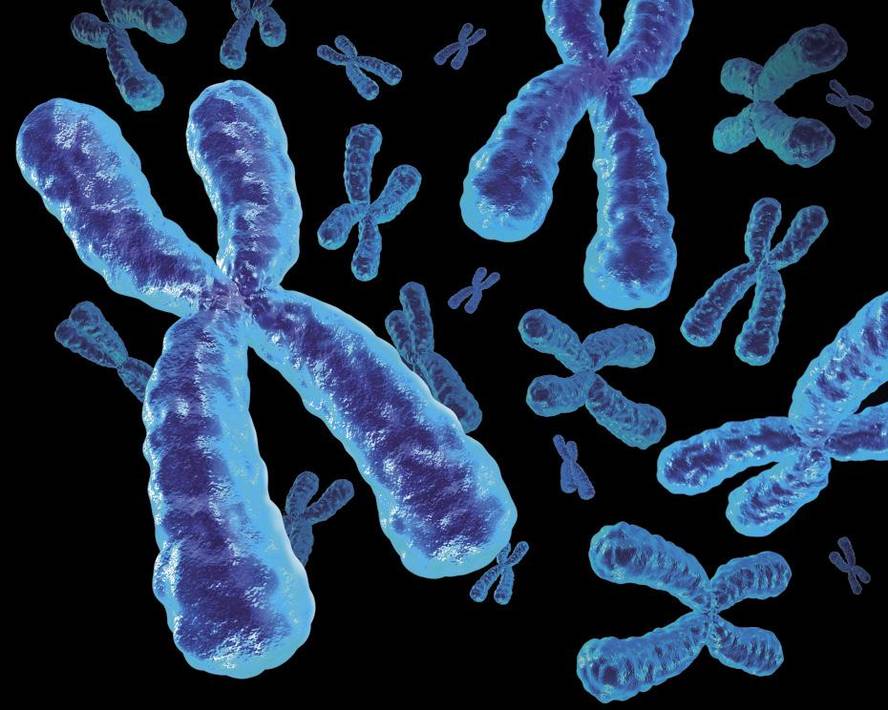Synthetic life with buttons
The first surprise was given by Craig Venter's team when he built the first synthetic genome cell in 2010. The genome of mycoplasma mycoides was synthesized. He then launched his next challenge, contestant LinearBoek, which consists of building a synthetic genome of high-level living. Not of a bacterium, but of a eukaryotic life with DNA organized on chromosomes. He gave her name and date: Yeast Saccharomyces cerevisiae and 2017.
It comes 2017 and the news of the project, which have already created six artificial yeast chromosomes, surpassing a third of the genome, which have survived. Boek has acknowledged that they have already completed the complete design of this hypothetical synthetic eukaryote genome, which they just need to synthesize. The new design presents numerous adaptations to the original, eliminating dysfunctional sequences and introducing gene-free on and off regulatory sequences. This new achievement has put researchers very close to the creation of artificial yeasts and have stated that by the end of the year the 16 yeast chromosomes resist the challenge of synthesizing.
What is the minimum
They are being designed from scratch and they are clarifying which sequences can be eliminated without endangering the life of living beings and what are essential to live. This is how the minimum configuration of genes essential to survive is being identified, that is, the one necessary to independently duplicate artificial cells.
These advances allow us to see closer the objective of designing and creating on demand any form of life, since, in addition to designing DNA, the main challenge was to organize this genetic information as a chromosome, including hundreds of proteins that bind to the genetic material: histones, centromer, telomeres...
Human synthetic cell
In June 2016, Science launched a major challenge: 130 synthetic biologists and companies published a proposal for artificial synthesis of plant and animal genomes, including the human genome. According to them, after decoding the human genome (hpg-read project, i.e. Read the Human Genome), that would be the next step (hpg-write, Written Human Genome).
The spectacular leader of the hpg-write project is Boeke himself, which aims to create a human “ultrinsurer” germ cell. This cell would be used as a universal platform for the development of human biotechnology.
The details of this human synthetic germ cell still remain to be discussed, but some of the characteristics it would present have already been mentioned: resistance to viruses, prions and cancer, very reduced immune rejection to prevent rejection in transplants, control mechanisms for self-talk and self-destruction, mechanisms to prevent germ line transmission and compatibility with most human populations.
Promoters of the hgp-write project claim they would need about $100 million for ten years to synthesize the artificial human genome and grow cells on a lab plate. Undoubtedly, the pharmaceutical and biotechnology industry would benefit greatly, but opposite voices have also been raised. According to them, this synthetic biology project goes far beyond genetic editing and no ethical problems are foreseen. The project promoters have argued that it will be nothing more than a cell, a human being or an embryo. Above the debates, since they proposed their project in the journal Science, many scientists have joined the project. The challenge is there.






